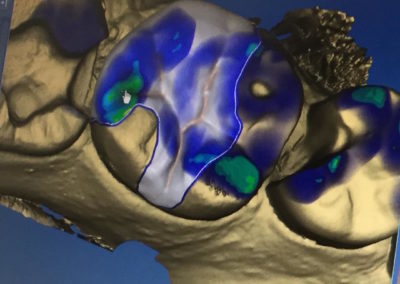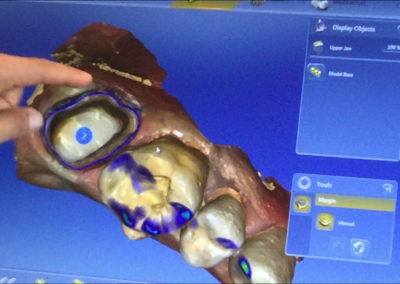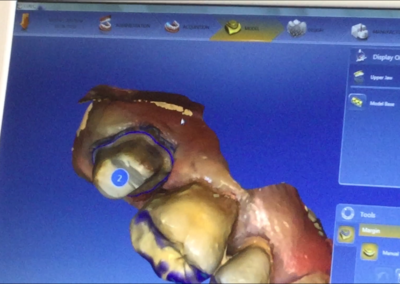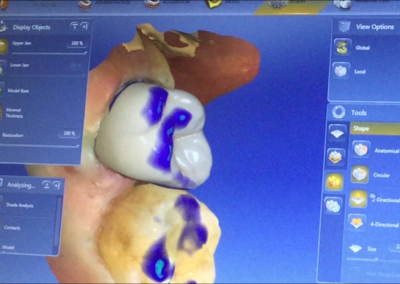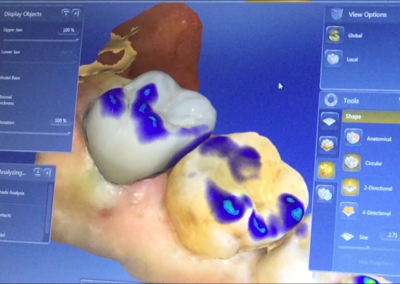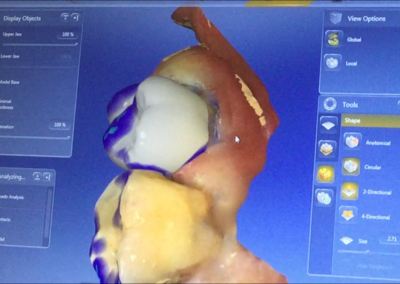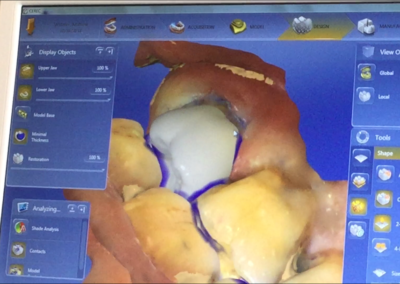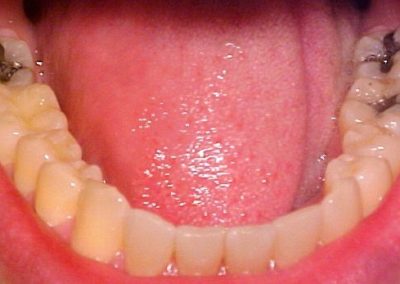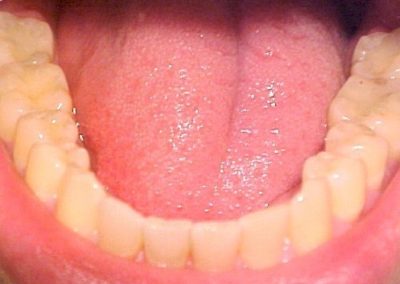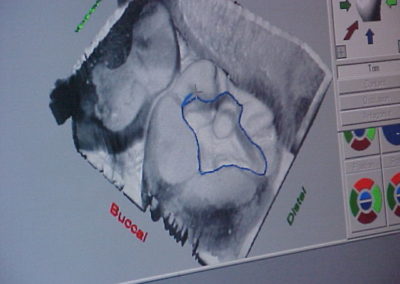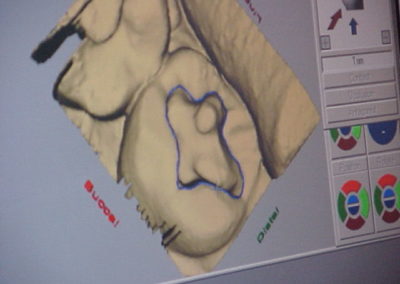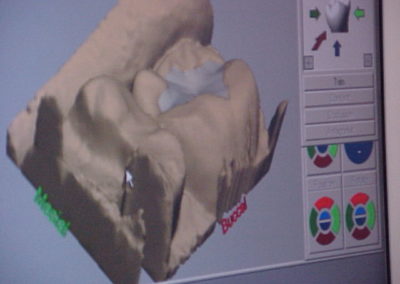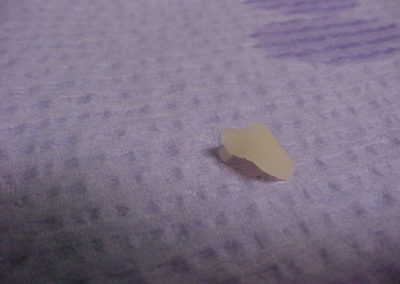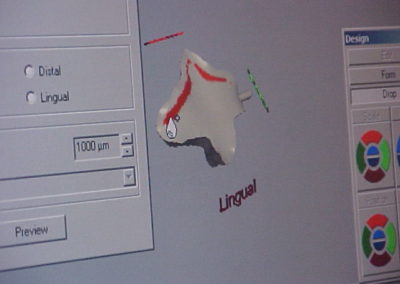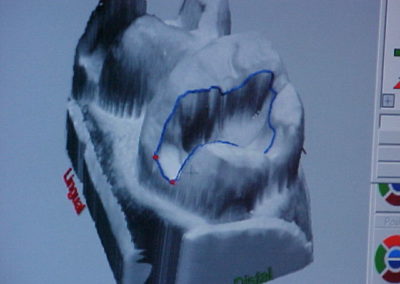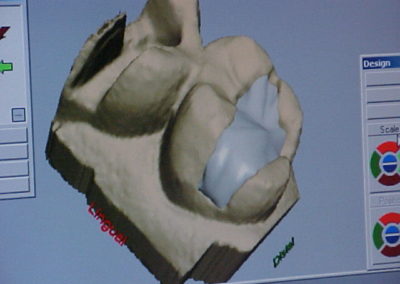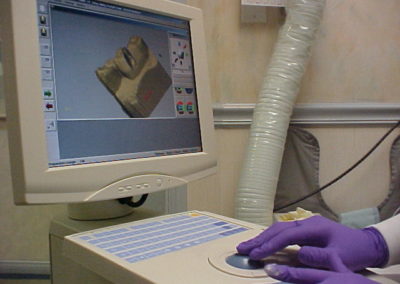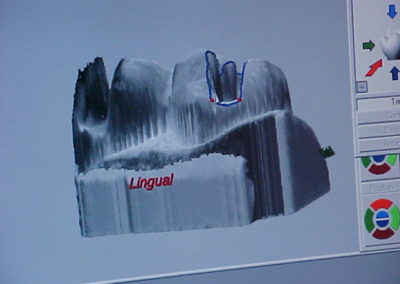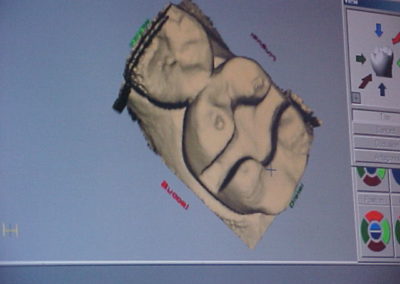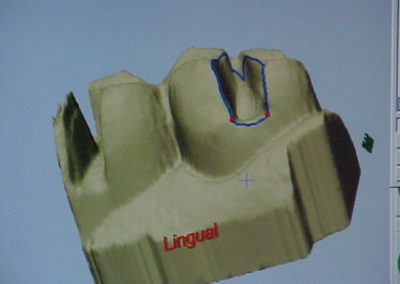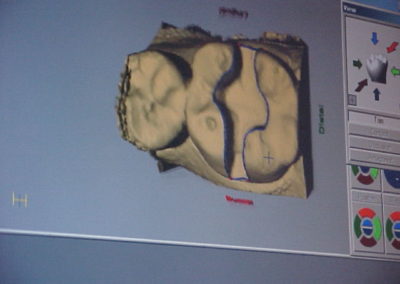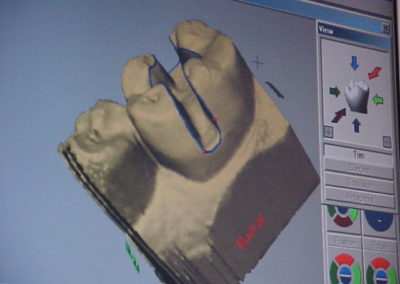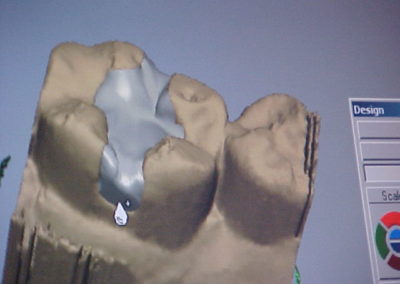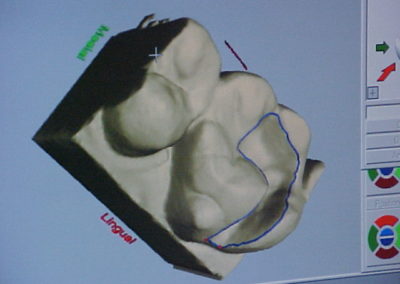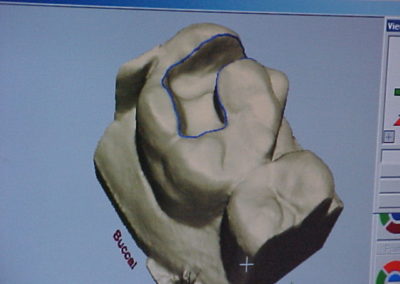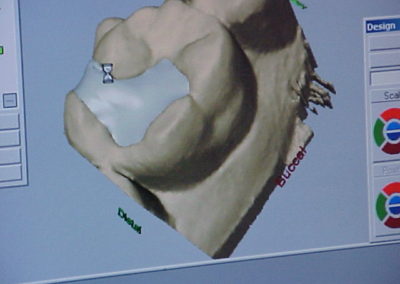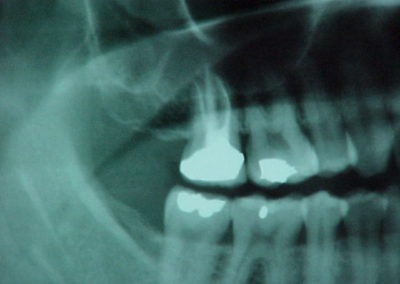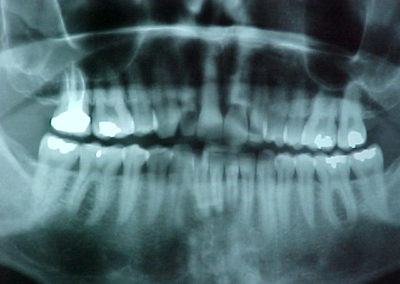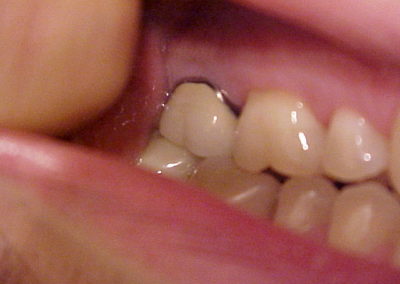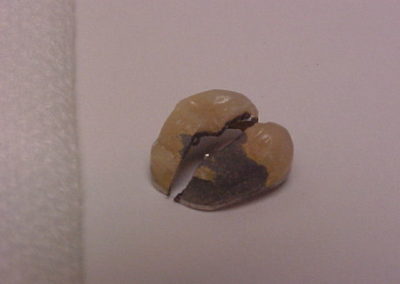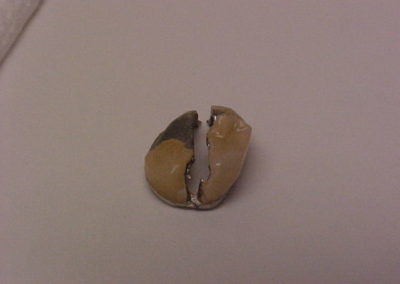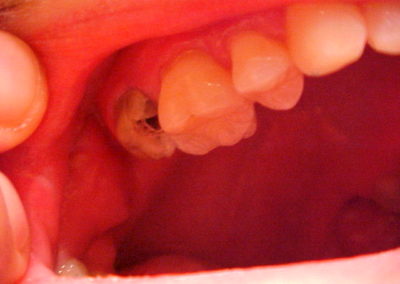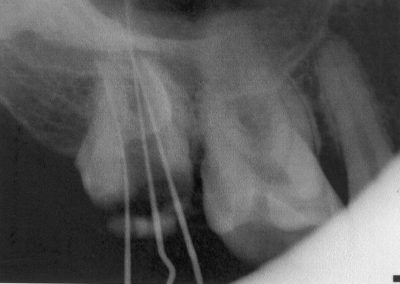No more amalgam fillings: invest in porcelain inlays
by Matthew D. Wittmer
Last updated Oct 2018
In 2005 I began reading up on the history of dentistry to better understand why and how metals have been used for filling material in teeth. What I found was that there has been a divided opinion of the use of “silver amalgam” fillings for quite some time, basically since the formation of the American Dental Association. The long-term cumulative effects of metals in the oral cavity have been debated ever since their first use in America. I found that there are alternative dentists, cosmetic dentists, mercury-free dentists, and of course what I had always utilized—traditional dentists. The dentists I grew up visiting in Missouri had given me several silver amalgam fillings and had not ever offered alternative filling materials – this was even in the late 1990s. I had not asked for alternatives at the time either – I blindly trusted their clinical judgment with my health. Upon moving to California, I began to see that dental offices post warnings about filling materials as required by Proposition 65. They were always framed and hanging next to the patient dental chairs in clinics who used silver amalgam filling material.
I read an insightful book by Dr. Myron Wentz, called A Mouth Full of Poison: The Truth about Mercury Amalgam Fillings. Wentz reveals the history of amalgam metals in dentistry in that book; he is a microbiologist who runs an alternative health clinic in Rosarito, Mexico called Sanoviv. I consulted many other dentists in California in 2005 about alternatives to metal fillings and asked each one about their filling materials and protocol in removal and restoration procedures. This research revealed sharply divided opinions from dentist to dentist.
I found that the process of removing these fillings from my teeth could be harmful unless safety protocol is taken according to the International Academy of Oral Medicine and Toxicology (IAOMT). Most sources report that amalgam fillings are typically comprised of about 50% mercury. Mercury is stated to release fumes when its temperature increases, which occurs when eating hot foods or drinks, as well as the through friction resulting from simply chewing food. Dental drilling or polishing causes the most friction. The IAOMT has a safety protocol for amalgam filling removal; however, finding dentists who recognize or are even aware of this protocol remains a challenge in 2018. Some dentists will use slower drills with cool water to reduce the friction and some also use a vacuum system to divert fumes away from the patient and completely out of the office altogether. A rubber dam also prevents material from going into the mouth and being swallowed. The dentist who placed most of my amalgam fillings (in Missouri) advised me against removing them; however, other dentists were happy to perform the procedure with and without any degree of the IAOMT safety protocol. Removal protocol validity appears to be based on your own (and your dentist’s) core belief about the whether or not the materials are harmful.
As far as finding alternative filling materials, the material I found most frequently offered is a composite, white material that has aluminum in it. Estimates on this material’s longevity stretch only two to five years before beginning to break down (a dentist in Pasadena told me this when he gave me one). Porcelain/ceramic composite is the strongest material that is the most biocompatible, as it closely mimics tooth enamel. Various California dentists told me this in personal consults over the years. The ceramic ‘onlay’ can only be used for large fillings – composite is used for smaller fillings. Recent developments in ceramic have increased its strength as a filling material.
Traditional dentistry tends to employ traditional materials and practices. More contemporary applications in dentistry deviate from some of the traditional materials and standards and I’m happy to see that in 2018, it’s more common to find non-amalgam using offices. The dentists using new approaches tend to be much more accommodating with answering questions about process. Due to the improved technology of modern dentistry, the out of pocket expense can be higher than out of date technology that is tied to billing concerns of bureaucracy of insurance plans that refuse to change. That said, more insurance plans are increasing reimbursement for new procedure services.
I eventually found a dentist that provided the best protocol for what made sense to me in 2005 through the aid of a web site that had listings of dentists who maintain a mercury free practice. As of 2018 I see and highly recommend Dr. Shawn Matian who operates Biodental clinic in Encino, CA on Ventura Blvd and Northdridge(dot)dental on Reseda Blvd in Northridge, CA.
Over time the stress of the metal amalgam fillings in teeth expand and contract which weaken a tooth’s structure because silver amalgam fillings are not bonded to the tooth, they merely conform to the inner shape of the hole they are plugging. The bigger the filling, the more the amalgam can damage the tooth over time. CEREC technology now alleviates the issue of metal damaging the structure of teeth. Once a traditional filling has been removed, the tooth’s recessed area are photo imaged with a CEREC machine and a new crown or ‘onlay’ (a piece of the tooth) can be sculpted in computer design and the ceramic/resin onlay is milled out and then bonded to the tooth in one visit. It’s incredible.
Since porcelain inlays are fused with the tooth, the onlay doesn’t work against the tooth when pressure is applied through chewing. The upper most photos below are from 2018 when I had an an onlay and a ceramic crown created with the CEREC technology by Dr. Shawn Matian. The photos below that are from 2005 – the computer technology then looks a bit dated but even so it is really amazing.
IMG_5974
2018 – computer san of a tooth that had a bad crown on it. Here you see Dr. Matian reworked the ‘post’ that the crown will sit on.
021_drawing line radio
2005 -photos that follow are from 2005 computer creation of onlays for various molars
Reworking a Root Canal
In 2005 I had a traditional root canal reworked. The dentist removed the old crown that was made from nickel with a thin layer of porcelain fused on top. The old filling material from 1998, called gutta percha, was removed and replaced with Mineral Trioxide Aggregate. MTA is extremely alkaline and much more biocompatible than traditional gutta percha that is actually a latex mixed with several types of metal (including barium) so the 1998 dentist could clearly see his handy work on x-rays as you can clearly see below.
References
International Academy of Oral Medicine and Toxicology, The. Iaomt.org. n.d. Web. <https://iaomt.org/> Link last checked January 2016.
McGuire, Tom. Mercury Detoxification: the Natural Way to Remove Mercury from Your Body. Sebastopol, California: The Dental Wellness Institute. 2006. Print.
McGuire, Tom. Tooth Fitness: Your Guide to Healthy Teeth. Grass Valley, California: St. Michael’s Press. 1994. Print.
Sanoviv. Sanoviv Medical Institute. Sanoviv.com. 2014. Web. <http://www.sanoviv.com/> Link last accessed January 2016.
Wentz, M. A Mouth Full of Poison: The Truth About Mercury Amalgam Fillings. South Carolina: Medicis. 2004. Print.

